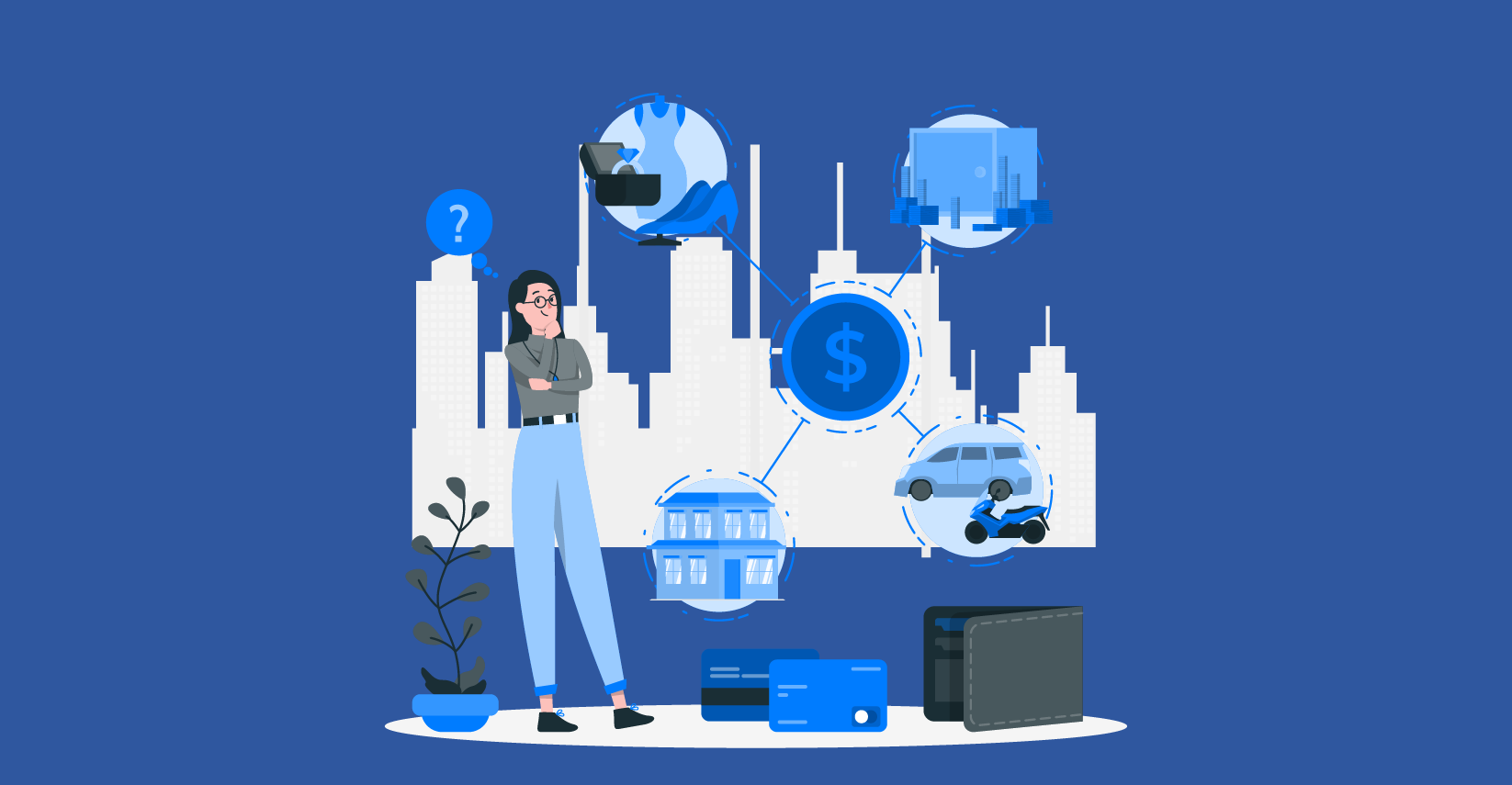Understanding the Testing of VR Applications

- December 7, 2018
- Kualitatem
Virtual Reality is the future of technology. Though been in talks since 1950s, however, it has entered limelight altogether in a new form. And so, following an increase in the popularity of VR applications, the demand will take a front seat.
For a quick understanding of the concept of VR, it is described as a 3-D, computer-generated environment that a person can explore and easily interact with. It is basically an artificial environment created and presented to the user in such a way that the user suspends belief and accepts it as a real environment.
What’s VR used for?
It frequently uses virtual reality headsets or multi-projected environments, occasionally in arrangement with physical environments or some other physical props, in order to generate realistic images, sounds, as well as other sensations that simulate a person’s actual physical presence within a virtual or imaginary setting.
Different kinds of Virtual Reality:
There are different types of devices that will all come together at some point to create a complete set of VR hardware. Though, there exist a variety of different sorts of Virtual Reality systems. You can easily identify it being different from another through the mode with which it interacts with its users. Some of the modes are given below:
-
Window on World
This Virtual Reality system is perfect for the field of medicine. It usually uses a desktop monitor rather than an HMD and also allows its user to visualize multifarious medical procedures, for example, surgeries or something as complicated as colonoscopies. Additionally, it can also be used for the simulation of different training situations.
-
Immersive Systems
Immersion system uses a virtual headset. By taking its users away from the real physical world, and instead of putting them within a virtual world, the crisp visuals and audio delivered using the HMD can help them escape daily life and have a chance to explore a faraway land.
-
Telepresence
In Telepresence the sensors are controlled and operated remotely by the user. For example, bomb disposal robots, underwater exploration, or even drones being operated through telepresence VR.
-
Mixed Reality
Another kind of Virtual Reality is Mixed Reality. This involves computer-generated inputs merged with the formerly mentioned telepresence inputs or the user’s view of the real world for creating a rather valuable output. For example, a fighter pilot’s view of maps or key information points being displayed within his helmet on one side, or a surgeon’s view of real-time patient information throughout a complex surgery in progress while wearing an HMD.
VR App Testing:
- It depends on specialized hardware. To make sure that these products function properly is to test them on different devices and against all requirements. Such as using Oculus Rift or the HTC Vive, both of which connect to personal computers for a powerfully immersive experience. Other hardware Samsung Gear Google Daydream, work with the user’s smartphone to create a more mobile VR experience
- Rigorous compatibility testing is required to ensure that product teams do not face any surprises when they go to market. It aids in measuring the performance of the application when it is accessed on different devices and platforms. It also helps to identify dangerous non-functional issues or bugs, including device overheating.
- Tester needs to test the extra dimensions that are added to the field of view.
- Protected VR testing station is required for engineers and testers to move without fear of being hurt
- A team which is less sensitive to VR sickness is required so that everything is complete on time.
Objective and purpose of VR App testing:
- Ensures the correct or expected behavior of any particular application or device at hand. VR applications have its own nuances, due to its complexity and aspects pertaining to the human-machine interface.
- Manual Testing is considered for evaluating the application’s user interaction. Manual tests specifically help to gauge the user’s interaction with the applications and whether it leads to the desired outcome.
- Automated testing is implemented for internal application components.
- Purpose is to comprehend the overall impact of the environment on the device and how all this assimilates for the user in the virtual environment.
- In order to process such a high degree of interaction and weigh the input and corresponding output, automating a chunk of tests is essential.
Types of testing applicable for VR Testing:
Some common types are given below:
-
Quality Assurance:
Formal testing plans covering the functional and UI/UX Issue of App and focusing on software bugs.
-
Automated Testing:
According to the experts, there is no specific or accepted pattern for this. Currently, the industry is implementing existing software engineering practices and applying them.
-
Focus Groups:
Interviewing groups of people for demographic and market reception questions
-
Play Testing:
It is a crucial part of making informed decisions:
– Real human reactions.
– Identify hidden problem areas.
– Idea generation
– Solve design arguments.
– Quickly evaluate a hypothesis.
Testing tools
Some of the tools that are available in the market are given below:
SteamVR Performance tool:
There are simple tools in the marketplace for techies to test the readiness of the PC for Virtual Reality. For example, SteamVR Performance Test is a simple tool that helps evaluate your PC’s compatibility with the application.
360° EYETRACKER™ software solution:
VR experiences allow the user to look anywhere in the environment at any time. As such it is important to be able to direct audience attention so that they are engaged with the narrative and don’t miss out on all the action. By tracking the position and orientation of a user’s head movement while they are in a VR experience we are able to identify exactly where in the environment they are looking and extrapolate their field of view.
Results can be given in three different options (or all)
- Heat map with interactive controls
- Video of 360 content in a 2D environment
- Relive viewer experience through Virtual Reality headset











